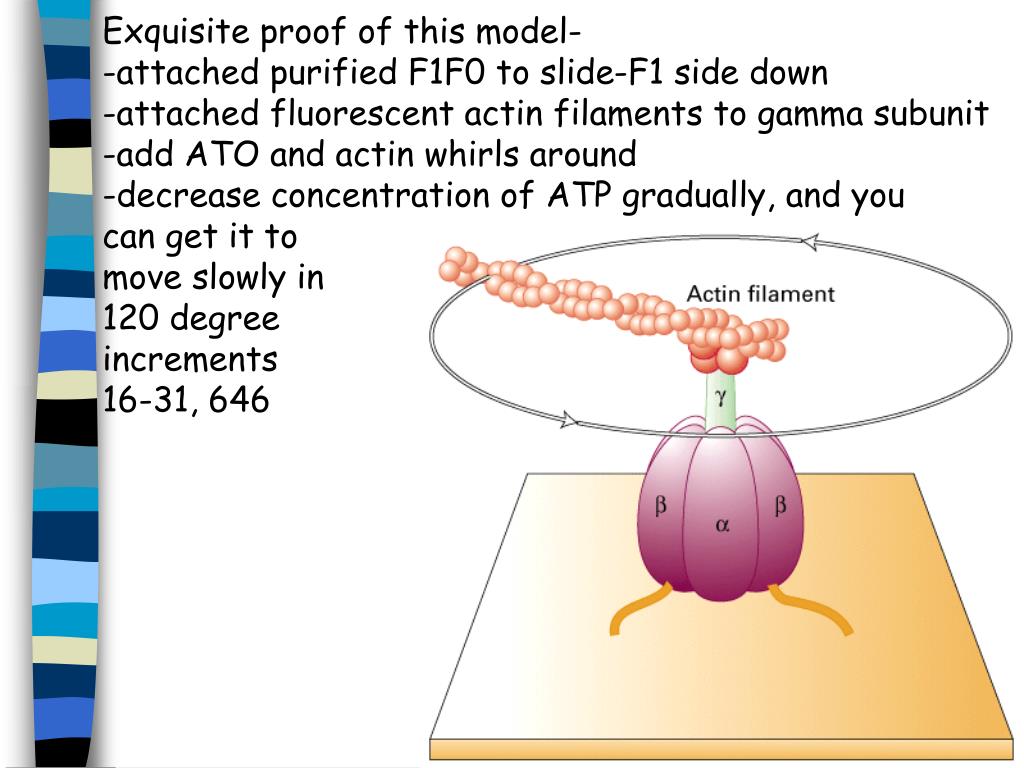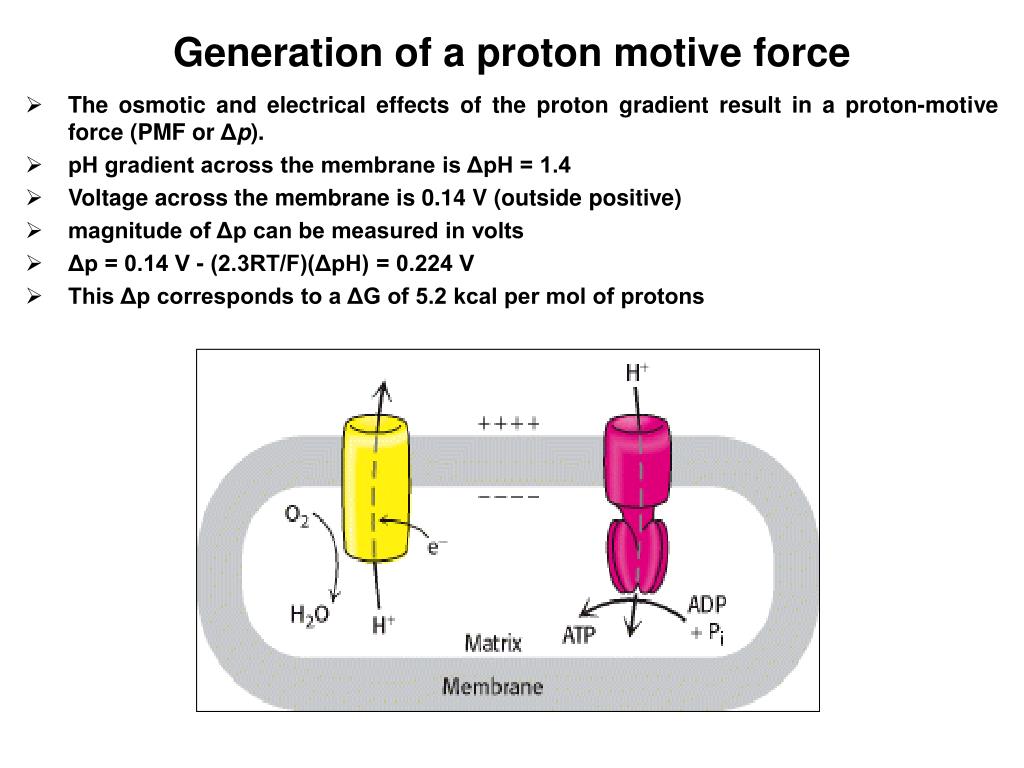

Mixed acids are produced in a multistep pathway generating a different fermentation products. Proponic acid is generated in a multistep process that adds CO2 to pyruvate, generating a compound that is then used as terminal electron acceptor. Butyric acid is another end product which is produced by a complex multistep pathway by Clostridium species, which are obligate anaerobes. The key products of fermentation is lactic acid when pyruvate itself acts as the terminal electron acceptor, ethanol is produced when CO2 is removed from pyruvate, generating acetaldehyde, that will then serve as the terminal electron acceptor. Streptococcus pneumoniae only has the option of fermentation because it has no ETC. E.coli can use aerobic, anaerobic, and fermentation. Fermentation is used when respiration is not an option either because they lack ETC or a suitable inorganic compound is not available. The electron transport chain is located in the inner membrane of mitochondria. Electron transport chains generate ATP indirectly, by the creation of a proton-motive force. At the end of the ETC the final complex passes the electrons to the terminal electron acceptor letting in the protons outside the membrane slowly which creates the proton motive force used by ATP synthase to make ATP. If that channel were inhibited, protons would still be pumped out of the matrix by the ETC but would be unable to flow back in, causing the pH to rise. As the electrons are being passed along the transport chain it release protons across the membrane. The Electron Transport Chain is embedded with electron carriers it accepts electrons from NADH and FADH2 and passes those electrons from one carrier to the next. RESULT: 2 ATP by substrate level phosphorylation, 6 NADH+6H+, 2FADH2, and two different precursor metabolitesĬellular respiration uses the reducing power from glycolysis, the transition step, and TCA cycle to synthesize ATP. This cycle incorporates the acetyl groups from transition step, releasing two molecules of CO2 it is repeated twice to incorporate two acetyl groups. Tricarboxylic Acid (TCA) cycle: it completes the oxidation of glucose. This power generated reducing power as NADPH and the amount varies. It is important in biosynthesis of precursor metabolites: ribose-5-phosphate and erythrose-4-phosphate. RESULT: 1 glucose= 2NADH, 2 pyruvate, and 4 ATP(minus 2 that were used in the investment phase), six different precursor metabolites Pentose Phosphate Pathway: also used to break down glucose.


The steps of this phase occur twice for each glucose molecule because in the investment phase the 6-carbon sugar was split into two 3-carbon molecules. The pay-off phase oxidizes and rearranges the 3-carbon molecule, this generates 1 NADH and 2 ATP and a pyruvate is formed. Then the 6-carbon sugar is split into two 3-carbon molecules each with a phosphate molecule. The investment phase uses energy(2 ATP molecules) to transfer a high energy phosphate group to the 6-carbon sugar.

Glycolysis has two phases: the investment phase and the pay-off phase. Glycolysis: converts glucose to pyruvate. The F0 subunit would be the portion of the complex that's embedded in the membrane, and the F1 component would be the part that is sticking out into the matrix.Metabolic pathways contribute to ATP production. Another way of describing this complex is calling it the F0 and F1 subunits, you'll see that terminology as well. And then they come out of that channel into the matrix, and that's how the protons get back into the matrix. And that's where the protons go - they go in through that channel, then they move from one channel to the other and when they move, they drive the c ring to rotate. If you take a close look at the "a" purple unit up at the top, looks like a half moon, you can see two channels in it that go from the outside of the matrix to the inside of the matrix. The purple alpha a, b2, and delta parts on the left are very important because they basically hold the alpha and beta subunits in place so that when the c ring spins it won't just spin the whole thing, it actually spins relative to the rest of it. And it's got a long arm that stretches into the alpha-beta complex - and then when it rotates, it kind of nudges the alpha and beta subunits into various configurations which make the ATP get synthesized out of ADP and phosphate. And you see how that c ring would rotate? It rotates that gamma subunit down there in the middle (that's the red one). The other part, which consists of the purple part on the left - the a, b2, delta, and then also the orange and yellow parts on the bottom, the alpha and beta - all of that is a separate unit which more or less stays in place. Those all rotate - and the rotation of those is driven by the protons, the proton-motive force. There is the c ring and the gamma and epsilon units, that you see (the red and the green units attached to the blue c ring there).


 0 kommentar(er)
0 kommentar(er)
